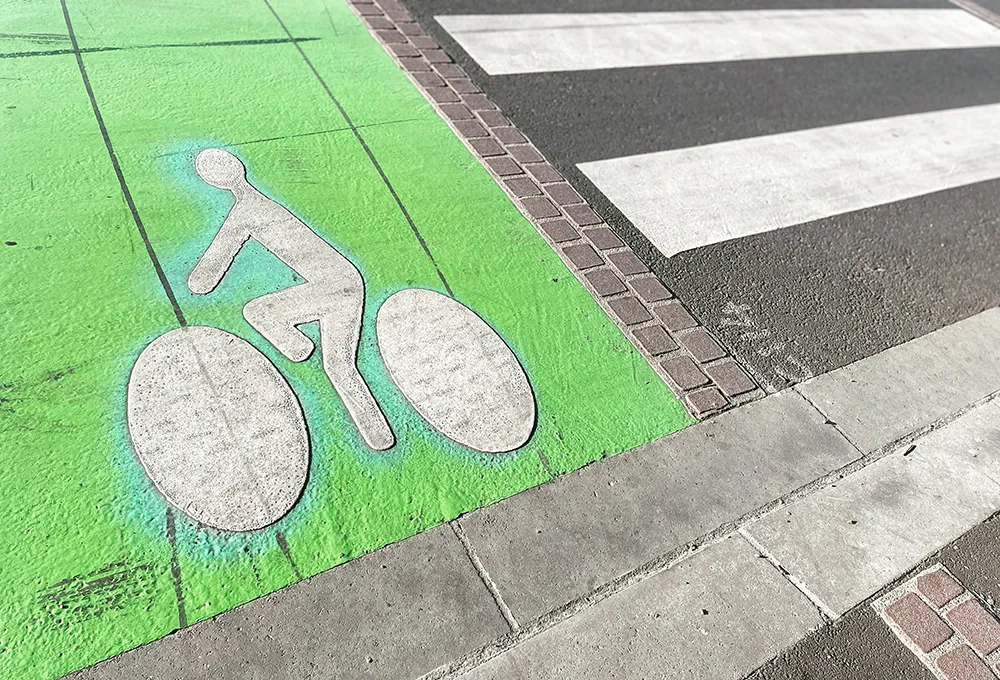A bold vision to transform cross-river travel in London has been unveiled by the Mayor of London.
A total of 13 new tunnels and bridges have been proposed as part of the Mayor’s vision for the future of the Capital, increasing the total number of river crossings between Imperial Wharf and Dartford by more than a third, and the number for pedestrian and cyclists by nearly 50 per cent.
The proposals, which would cater for both public transport and road users, are detailed in a new strategic plan that
December 4, 2015
Read time: 2 mins
A bold vision to transform cross-river travel in London has been unveiled by the Mayor of London.
A total of 13 new tunnels and bridges have been proposed as part of the Mayor’s vision for the future of the Capital, increasing the total number of river crossings between Imperial Wharf and Dartford by more than a third, and the number for pedestrian and cyclists by nearly 50 per cent.
The proposals, which would cater for both public transport and road users, are detailed in a new strategic plan that outlines how vital new cross-river transport links are in securing London’s future success.
The report, Connecting the Capital, shows how the proposed crossings will support the needs of London’s rapidly growing population, which is set to rise from 8.6 million now to 10 million by 2030.
Subject to funding, the new crossings will be progressed across London to be delivered between now and 2050. The majority will be in east London, where population growth will be highest – with over one third of London’s total population growth expected in the area. Existing cross-river connections in east London are poor, with just three road crossings in the 23km between Tower Bridge and the M25, and just one bus route that crosses the river.
A consultation has been launched on two of the proposed crossings to improve connections between east and southeast London.1466 Transport for London (TfL) is consulting on crossings at Gallions Reach to link Thamesmead and Beckton, and Belvedere, linking Belvedere to Rainham. Both are planned to include a range of transport options and the consultation is asking for views about potential public transport links.
A total of 13 new tunnels and bridges have been proposed as part of the Mayor’s vision for the future of the Capital, increasing the total number of river crossings between Imperial Wharf and Dartford by more than a third, and the number for pedestrian and cyclists by nearly 50 per cent.
The proposals, which would cater for both public transport and road users, are detailed in a new strategic plan that outlines how vital new cross-river transport links are in securing London’s future success.
The report, Connecting the Capital, shows how the proposed crossings will support the needs of London’s rapidly growing population, which is set to rise from 8.6 million now to 10 million by 2030.
Subject to funding, the new crossings will be progressed across London to be delivered between now and 2050. The majority will be in east London, where population growth will be highest – with over one third of London’s total population growth expected in the area. Existing cross-river connections in east London are poor, with just three road crossings in the 23km between Tower Bridge and the M25, and just one bus route that crosses the river.
A consultation has been launched on two of the proposed crossings to improve connections between east and southeast London.







